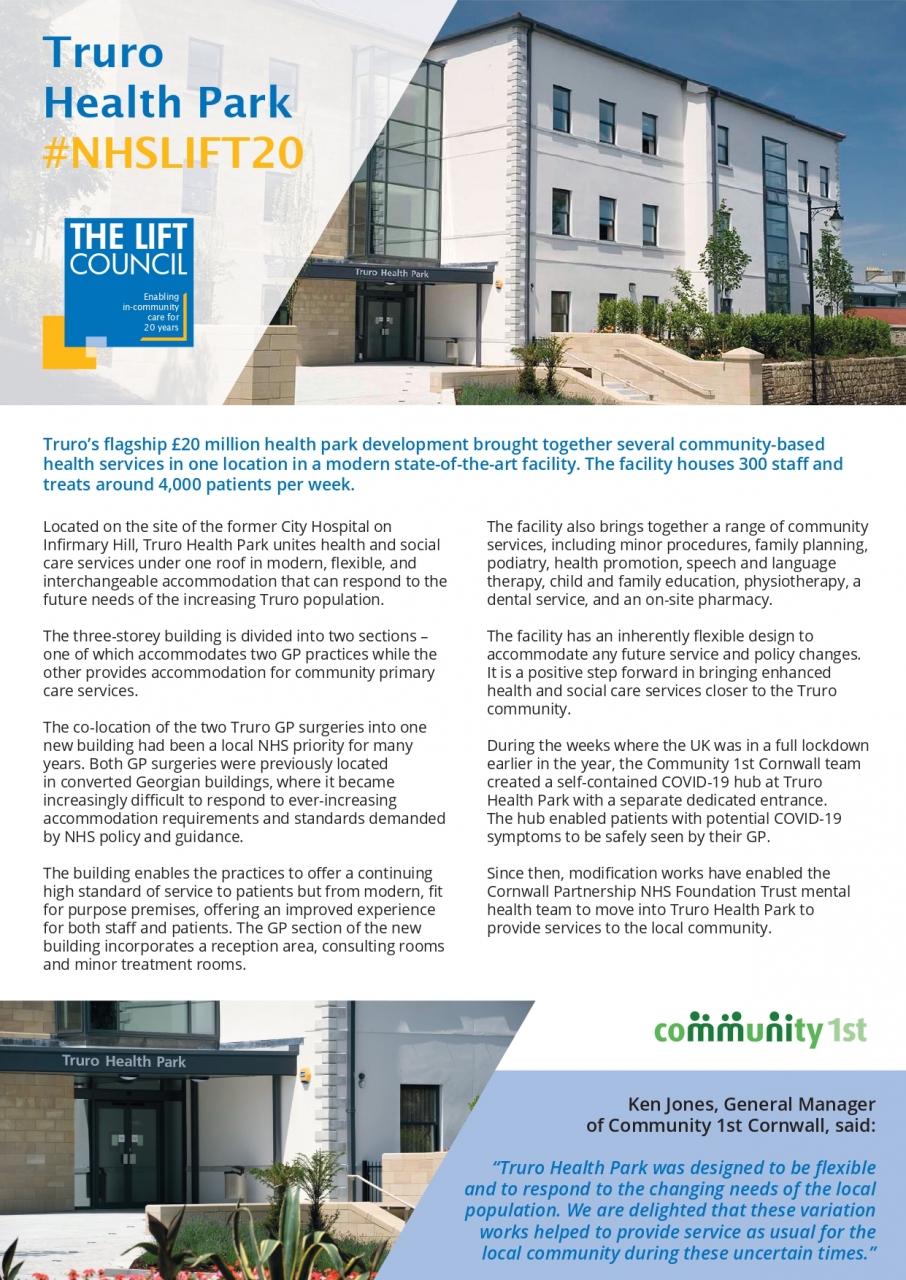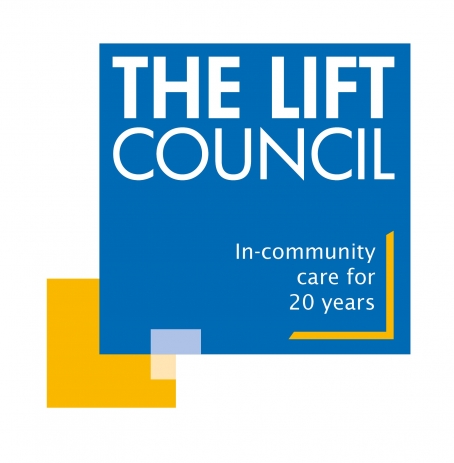Community 1st have been working with Cornwall Partnership NHS Foundation Trust to support the phased relocation of services into the Bodmin Community Diagnostic Centre.
Community 1st have led this project for the Trust, providing project management and managing subcontractor appointments, including Bluesky architects who provided a full design service on this project including healthcare planning.
Earlier phases completed in late 2022 and mid 2023, with Phase 1 providing a Community Diagnostic Centre and Phase 2 providing a co-located Minor Injury Unit.
Phase 3 of the new Bodmin Community Diagnostic Centre will see the second floor turned into a range of flexible treatment spaces and will deliver a new dexa scanner to fulfil the outstanding community diagnostic facilities. Completion of this phase will provide a wide range of clinical services including, MIU and diagnostic facilities CT, and MRI scanning.
The centre is easily accessible to the people of mid, north and east Cornwall, helping to deliver more care closer to home. It will relieve pressure on Royal Cornwall Hospital NHS Trust, University Hospital Plymouth as well as North Devon and Exeter Trusts. The aim is to get the right patients to the right test in the right location with the fewest number of visits and referrals, as quickly as possible. The centre will contribute to an overall reduction in waiting times, elective recovery and referral to treatment targets, and when fully operational, the centre will deliver an additional 120,000 diagnostic tests per year.



